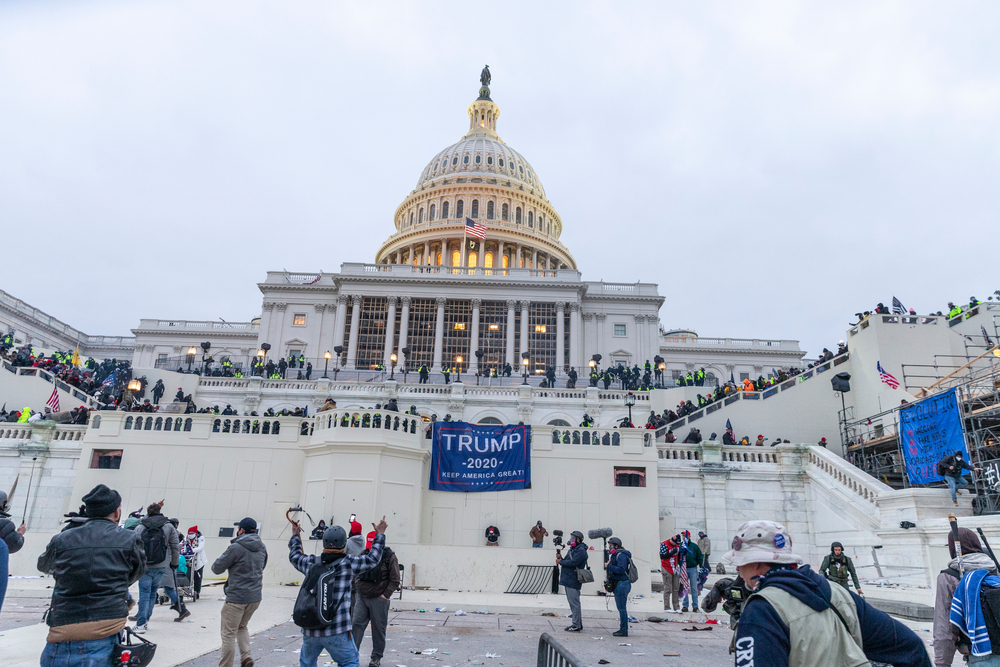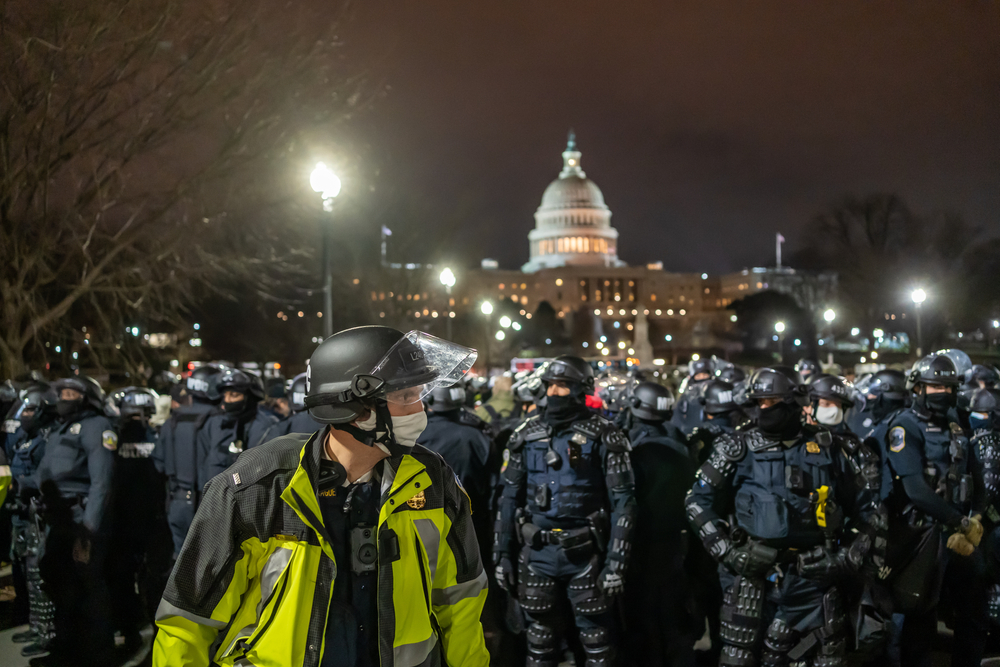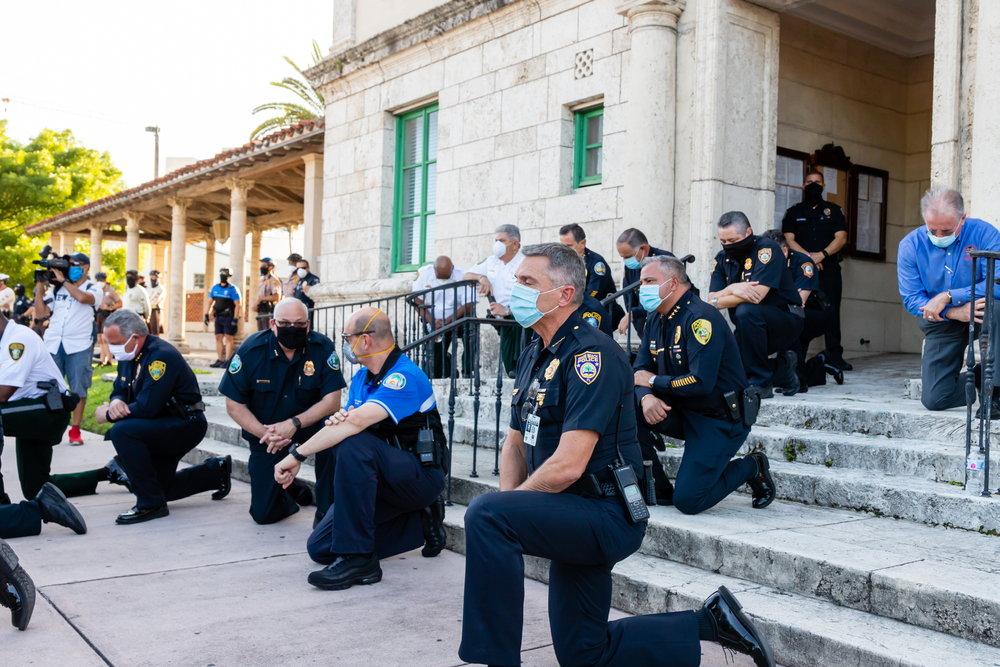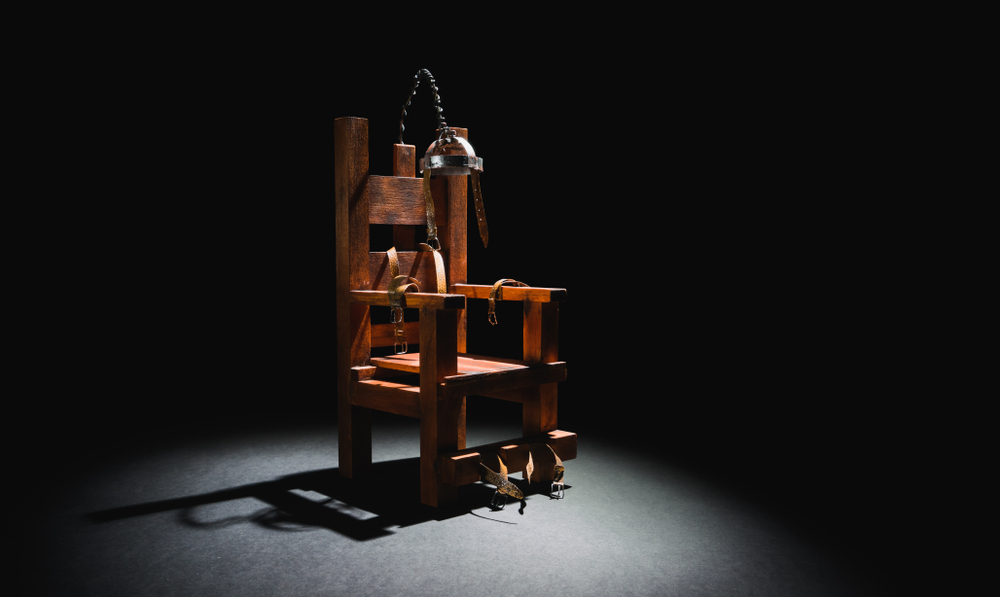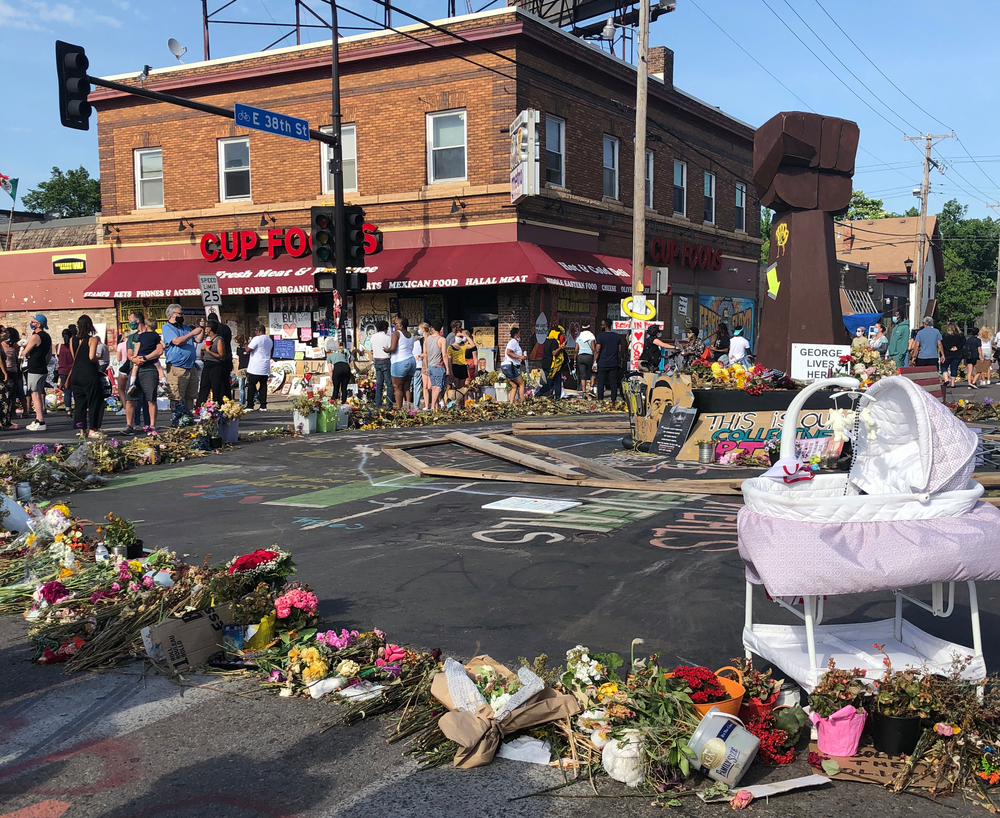Race still a major factor in death sentences, study finds
A newly released study from the Death Penalty Information Center takes an in-depth look at the pervasive racial discrimination used when imposing the death penalty, in bringing charges and in convictions.
This racial discrimination goes well beyond who gets the death penalty, rearing its head in state attorneys’ offices, in police behavior and in the issue of mass incarceration, said Ngozi Ndulue, DPIC’s senior director of Research and Special Projects and the lead author of the report.

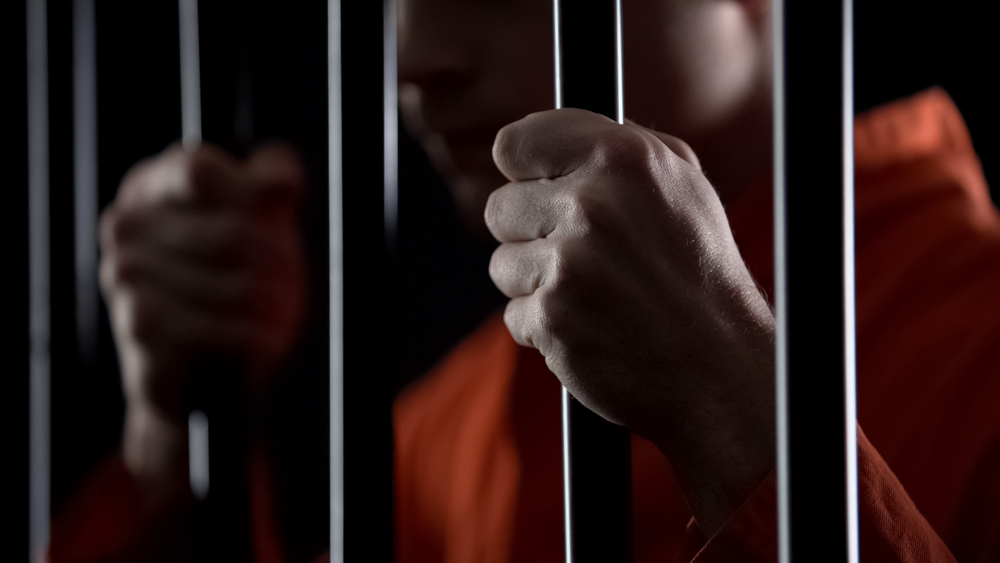
“We wanted to provide some context for the death penalty showing it is tied to our country’s history of slavery and racial oppression and used as a means of social control and used differently based on race,” she said.
“We bring it into the modern moment when we talk about all ways racial bias works.”
RELATED: Study: Jailing people on bail does not make communities safer
RELATED: Study: As jail releases increased during pandemic, Black inmates were left behind
“Racial disparities are present at every stage of a capital case and get magnified as a case moves through the legal process,” Robert Dunham, DPIC’s Executive Director and the report’s editor said, according to the Associated Press. “If you don’t understand the history — that the modern death penalty is the direct descendant of slavery, lynching, and Jim Crow-segregation — you won’t understand why. With the continuing police and white vigilante killings of Black citizens, it is even more important now to focus attention on the outsized role the death penalty plays as an agent and validator of racial discrimination. What is broken or intentionally discriminatory in the criminal legal system is visibly worse in death-penalty cases. Exposing how the system discriminates in capital cases can shine an important light on law enforcement and judicial practices in vital need of abolition, restructuring, or reform.”
The study, entitled Enduring Injustice: The Persistence of Racial Discrimination in the U.S. Death Penalty, points out how differently both victims and perpetrators are treated based on race, Ndulue said.
“The specifics about police behavior when the victim is a Black person and how very different that can be, the clearance rates for homicides and how race plays a role,’’ she said. “It makes a difference whether a crime is charged at all. And prosecutors have such discretion on whether to bring charges.”
And yes, she said, racial bias definitely plays into who gets the death penalty.
The report documents the U.S. death penalty’s historic role as an instrument of social control, DPIC states. “During slavery, capital punishment was a tool for controlling Black populations and curbing rebellions. After the Civil War, public officials promised legal executions as a means to discourage lynchings. As lynchings decreased in the early 20th century, executions began to take their place in circumstances that earlier would have drawn a lynch mob. Across the South, African-American men were condemned and executed for the alleged rape or attempted rape of white women or girls. No white man was ever executed for raping a Black woman or girl.”
“This idea, that perception of Black dangerousness that is fueling some of the death sentences, it is not confined to just the death penalty,” Ndulue said. “If you think about Stand Your Ground and this supposed reasonable fear is justifying regular civilian violence against other people, we find it is more likely to be used successfully if the person killed was African American.”
Racial disparity is also evidenced on juries, Ndulue said.
“During trial, jury selection and exclusion racial bias has a long history,” she said. “The way people look at the evidence at trial. There are striking studies with interracial crimes, where a Black committed homicide against a white person, drastically show the people who had darker skin and kinkier hair were more likely to be sentenced to death when everything else was the same.”
The same biases show up in policing, she said. “We can also see conditions between the places where there is the most police violence and they are having the most issues around mass incarceration. And places where they are aggressively pursuing the death penalty.”
According to the report, a 2015 meta-analysis of 30 studies showed the killers of white people were more likely than the killers of Black people to face a capital prosecution.
A North Carolina study showed that attorneys struck qualified Black jurors at more than twice the qualified white jurors’ rate. Some 20%, by 2010, of people on North Carolina’s death row were sentenced to death by all-white juries.
Since executions resumed in this country in 1977, 295 Blacks have been executed for the murder of white victims, while 21 white defendants were executed for killing Black victims.
The report highlights several pending death penalty cases where it contends racial discrimination played a role in Black defendants receiving the death penalty.
“Racial bias persists today, as evidenced by cases with white victims being more likely to be investigated and capitally charged; systemic exclusion of jurors of color from service in death-penalty trials; and the disproportionate imposition of death sentences against defendants of color,” the AP article states. “The report provides compelling evidence of racial bias in the modern death penalty.”








